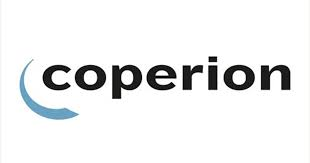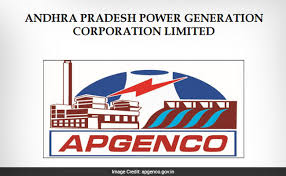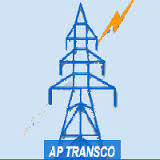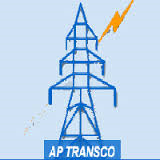Risk Based Audit Management
Risk based audit management refers to the process of planning, organizing, conducting, and overseeing audits within an organization to ensure compliance, assess performance, and drive continuous improvement with a risk based approach. It encompasses various activities and tasks related to the audit lifecycle, from audit planning and preparation to audit execution, reporting, and follow-up. Here's an overview of key components of audit management:
-
Audit Planning:
- Objective Setting: Define the objectives, scope, and criteria for the audit based on regulatory requirements, organizational goals, and risk considerations.
- Risk Assessment: Conduct a risk assessment to identify and prioritize audit areas with the highest risk exposure or potential impact.
- Resource Allocation: Allocate resources, including audit team members, time, and budget, based on the scope and complexity of the audit.
-
Audit Preparation:
- Documentation Review: Review relevant policies, procedures, regulations, and previous audit findings to familiarize auditors with the audit subject matter.
- Audit Program Development: Develop an audit program outlining the audit procedures, sampling methods, testing protocols, and data collection techniques to be used during the audit.
-
Audit Execution:
- Fieldwork: Conduct onsite or remote audit activities, including interviews, observations, document reviews, and testing of controls, to gather evidence and assess compliance.
- Data Collection: Collect and analyze audit data using standardized tools, checklists, and software platforms to ensure consistency and accuracy.
- Communication: Maintain open communication with auditees, stakeholders, and audit team members throughout the audit process to address questions, clarify issues, and provide updates.
-
Audit Reporting:
- Findings Identification: Document audit findings, observations, and recommendations based on the analysis of audit evidence and assessment of compliance.
- Report Preparation: Prepare clear, concise, and comprehensive audit reports that summarize key findings, highlight areas of non-compliance or improvement opportunities, and provide actionable recommendations.
- Management Review: Review audit reports with relevant stakeholders, including management and audit committee members, to obtain feedback and ensure accuracy and completeness.
-
Audit Follow-Up:
- Corrective Action Tracking: Track implementation of corrective actions and management responses to address audit findings and recommendations.
- Closure Verification: Verify closure of audit findings through follow-up audits, reviews of supporting documentation, or other verification methods to ensure effectiveness of corrective actions.
- Continuous Improvement: Identify lessons learned and opportunities for process enhancements or system improvements based on audit findings and feedback from audit stakeholders.
Effective audit management requires strong leadership, clear communication, robust processes, and the use of appropriate tools and technologies to support audit activities throughout the audit lifecycle. It also involves fostering a culture of accountability, transparency, and continuous improvement within the organization to drive compliance and achieve organizational objectives.
For a free copy of risk based audit software send your request by filling the form in this page





























































